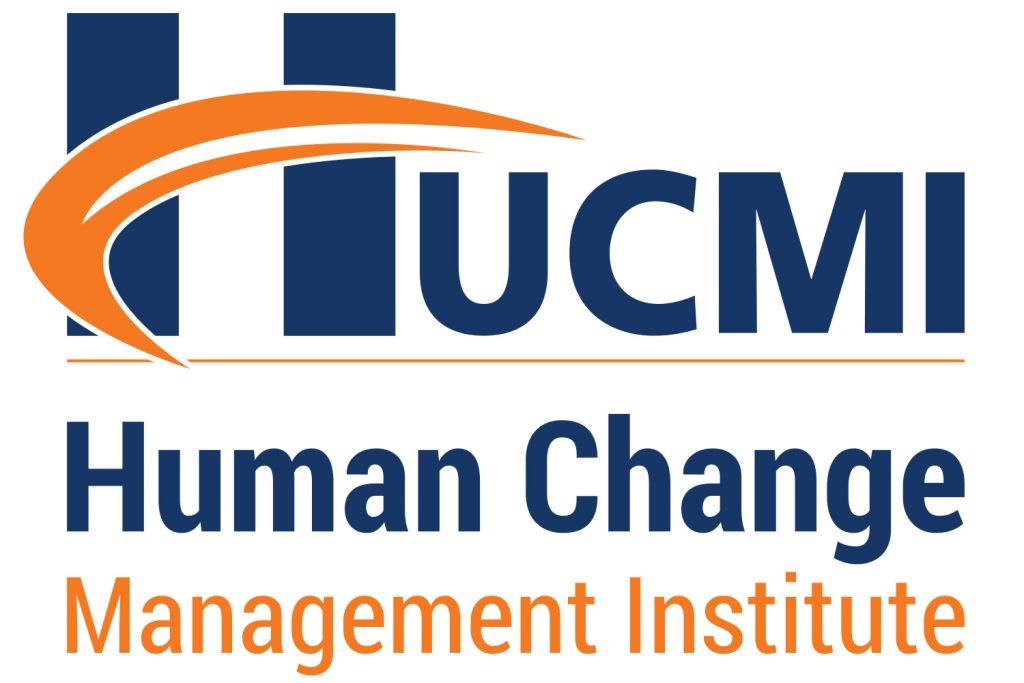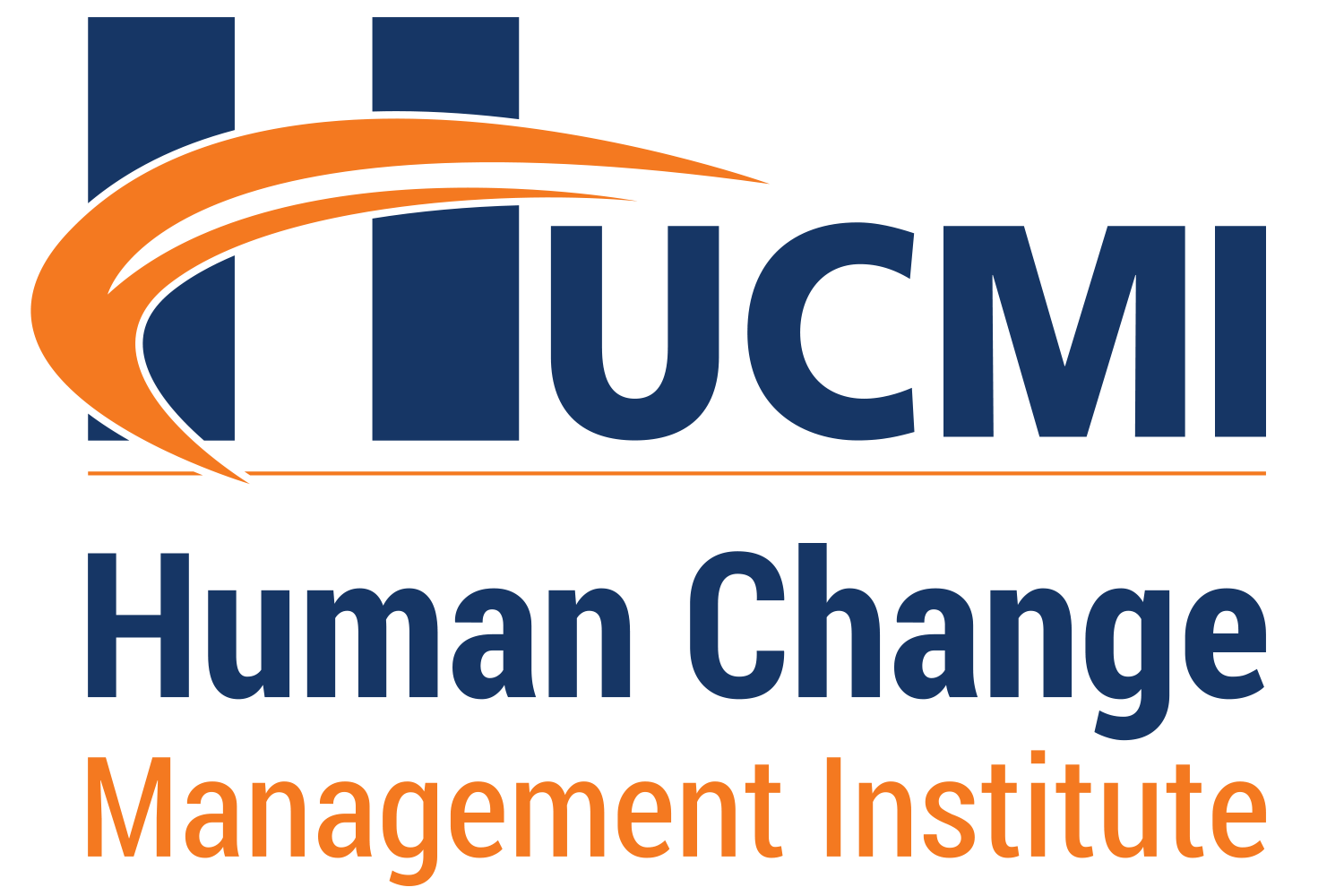The successful implementation of organizational changes is oftentimes challenging due to the inherent resistance to change and the complexity of internal organisational dynamics. It’s in this context that organizational change ambassadors emerge as crucial figures. These are individuals who not only support the change but are also capable of influencing and engaging other stakeholders, forming a key cog in the powerful network of influence.
Who Are the Organizational Change Ambassadors?
Organizational change ambassadors are employees who take on a proactive role in promoting and facilitating changes within the organisation. The distinctive characteristics they possess are as follows:
- Credibility: They are seen as informal leaders and are respected by their peers due to their knowledge, skills, and track record within the organization.
- Effective Communication: They have exceptional communication skills, being able to convey the vision and benefits of the change in a clear and convincing manner.
- Relationship Building: They maintain strong and influential relationships with a wide range of stakeholders, from senior management to frontline employees.
- Engagement Capability: They demonstrate a strong commitment to change and are capable of engaging other employees through their enthusiasm and dedication.
The Role of Ambassadors in Building Influence Networks
Change ambassadors play a crucial role in creating and maintaining influence networks within the organization. These networks are essential for overcoming barriers to change and ensuring broad and sustainable engagement. Key functions include:
- Information Dissemination: They act as efficient communication channels, ensuring that the correct information about the change reaches all levels of the organization.
- Feedback and Adjustments: They collect feedback from stakeholders and relay it to the change management team, allowing for agile and aligned adjustments in line with the real needs of employees.
- Support and Mentorship: They offer continuous support and guidance to colleagues, helping them navigate transitions and adopt new practices and behaviours.
- Behaviour Modeling: They serve as living examples of the desired behaviour, influencing others through their actions and attitudes.
Strategies to Engage Stakeholders through Ambassadors
To maximize the impact of change ambassadors, several strategies can be implemented:
- Targeted Selection: Select ambassadors based on specific criteria, such as influence, communication skills, and alignment with the change vision.
- Training and Support: Provide adequate training and ongoing resources to enable ambassadors to perform their roles effectively.
- Incentives and Recognition: Recognize and reward the efforts of ambassadors to maintain their motivation and highlight the importance of their role.
- Creating Communication Platforms: Develop platforms and communication channels that facilitate interaction between ambassadors and other stakeholders.
- Monitoring and Evaluation: Implement systems to monitor the progress of the change and the effectiveness of the influence networks, allowing for necessary adjustments.
Benefits of the Influence Network
Building a robust influence network through change ambassadors brings several benefits, including:
- Reducing Resistance: It helps overcome natural resistance to change through trust and credibility.
- Accelerating Adaptation: It speeds up the process of adapting to new practices and systems, promoting a smoother and more efficient transition.
- Sustainable Engagement: It ensures continuous and sustainable engagement over time, essential for the long-term success of organizational change.
- Continuous Feedback: It provides a constant flow of feedback, allowing for continuous adjustments and improvements in the change strategy.
Conclusion
Organizational change ambassadors are essential for the success of any change initiative. By forming influence networks and effectively engaging stakeholders, they play a fundamental role in facilitating organizational transition. Investing in the identification, training, and support of these ambassadors can result in a more effective and sustainable implementation of changes, benefiting the entire organization.
Did you like this article? We recommend reading the article below:

About HUCMI and HCMBOK Training and Certification Program:
Want to learn more about HUCMI’s international training and certification programs? Visit us on: https://hucmi.com/TreinamentoeCertificacao.aspx
Follow us on social networks and stay connected in everything the most modern and innovative that happens in the universe of organizational change management: https://linktr.ee/hucmi

